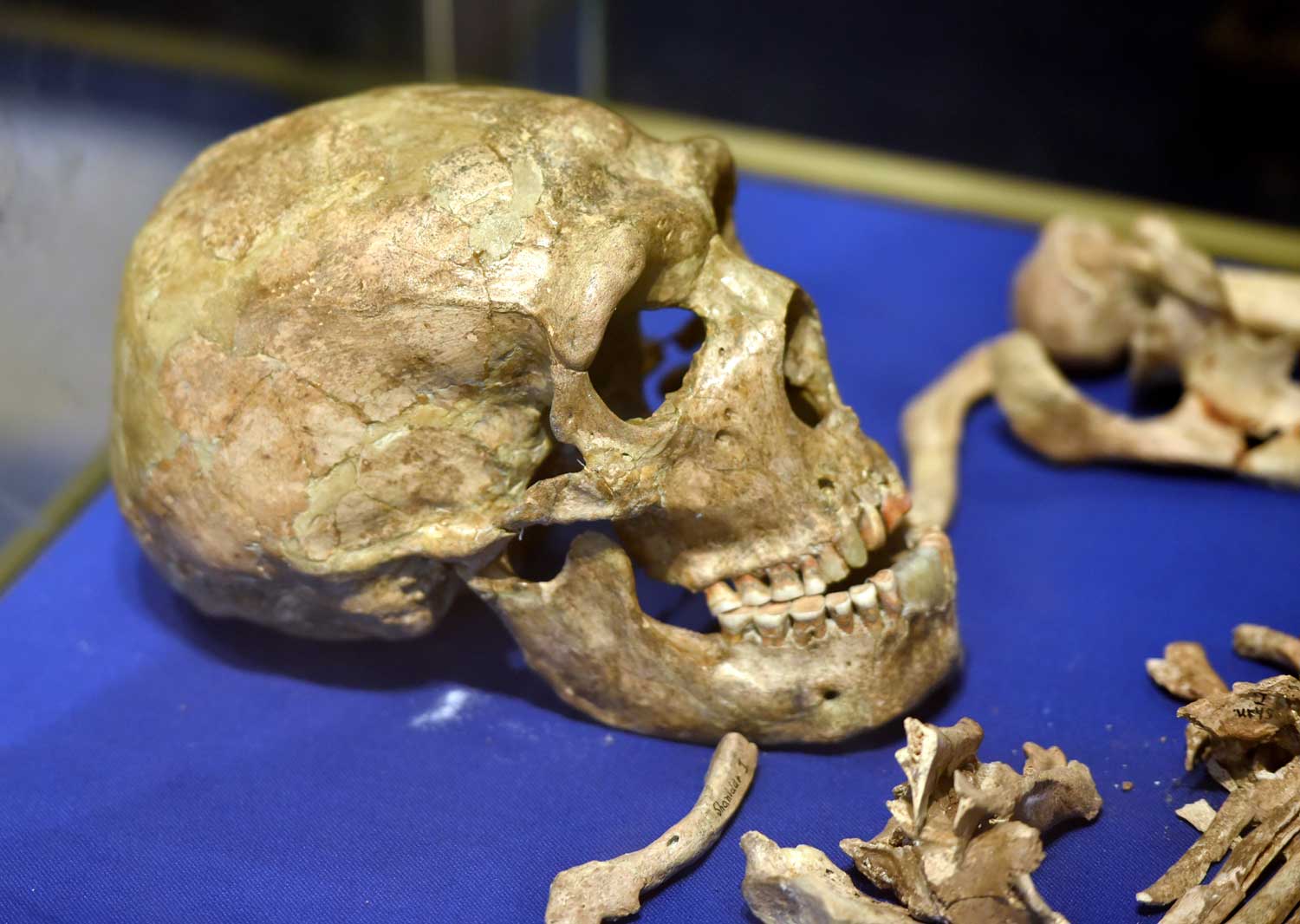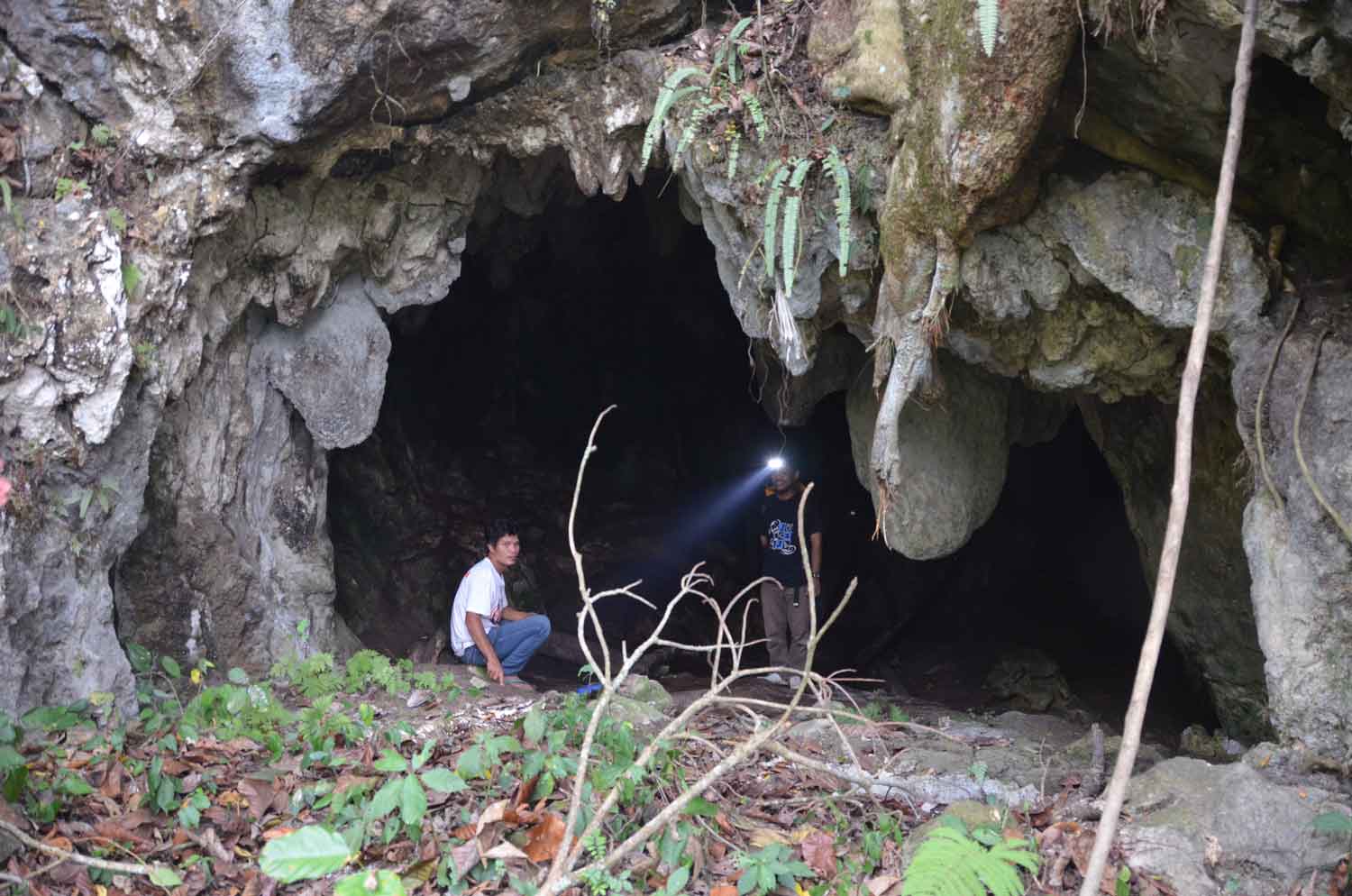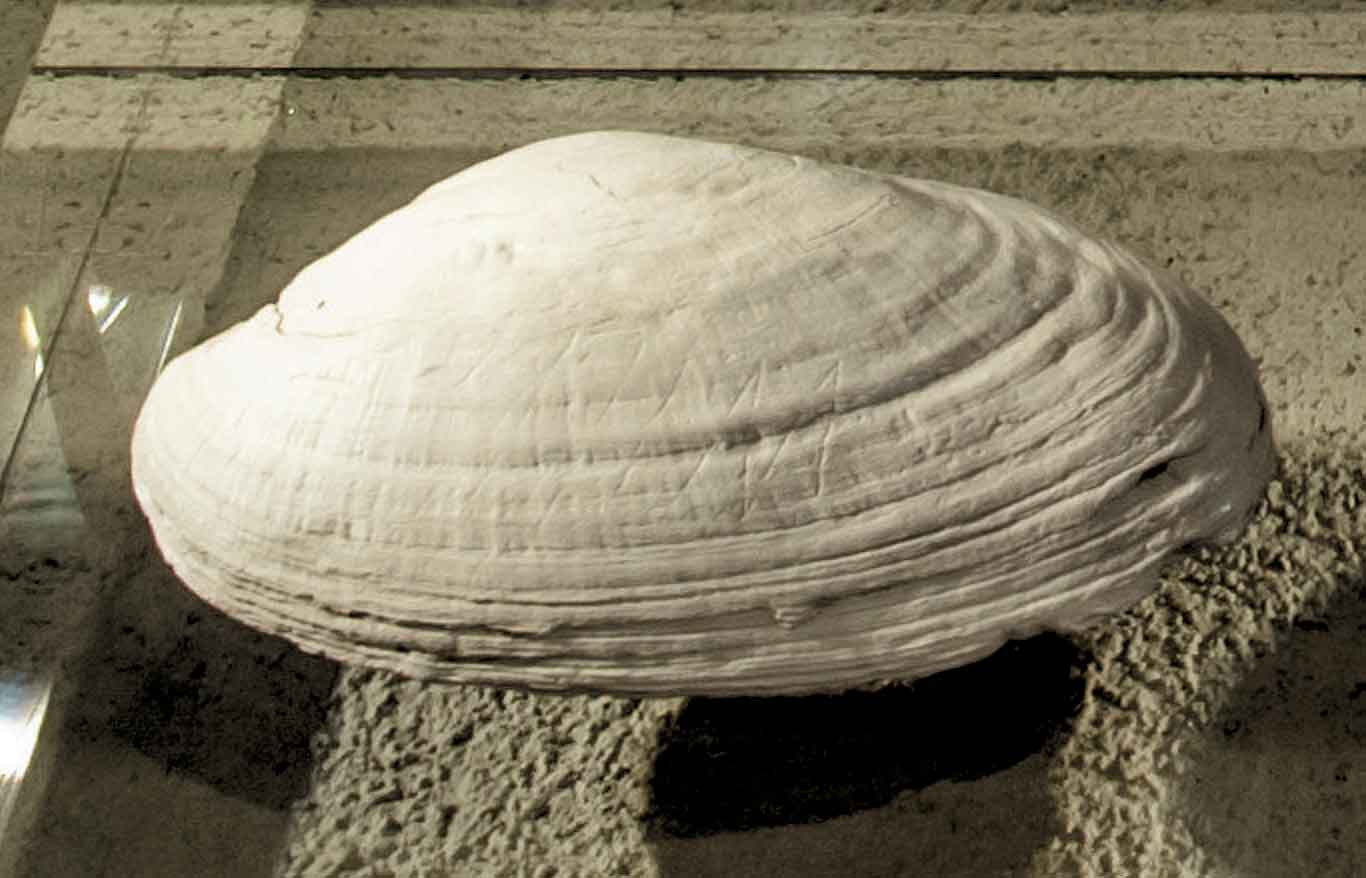Indonesia
Ancient amputations tell remarkable stories of survival and care
A 33,000-year-old case of an amputated leg prompts comparisons to earlier Neandertal instances of amputation.

Fossil profile: Sangiran 31 and the exceptionally thick skulls of Homo erectus
One of the thickest skulls in the hominin fossil record gives insight about the variation in this ancient species.

Part of a Denisovan mtDNA resides in the nuclear genomes of many living people
A paper last week by Robert Bücking and coworkers trawled through the recently-sequenced Indonesian Genome Diversity Project dataset looking for snippets of mitochondrial DNA (mtDNA) that have been inserted into the nuclear genome. These snippets, called “NUMTs”, arise every so often as a result of DNA transfer from the mitochondrion

Lida Ajer, early modern human remains in island Southeast Asia
A site first investigated by Eugene Dubois is rediscovered by Kira Westaway and collaborators.

A look at the intentional markings of Homo erectus
Looking at a 2014 paper by Josephine Joordens and coworkers, which describes zig-zag markings on a shell from Trinil, Indonesia. This shell may have been intentionally marked by Homo erectus.

A new study of old shells shows shoreline resource use by Homo erectus
Notes on a study by José Joordens and coworkers on the Trinil collection associated with Eugene Dubois' original Pithecanthropus dig
